Pretty in Pink . . . and Red and White
This year's holiday display in the Orangery gives poinsettias center stage. As you stroll through the space, you will see traditional red poinsettia alongside unique light pink, magenta, butter yellow, and marbled red and white varieties. This display represents a small percentage of the more than 100 varieties available today.
The poinsettia (Euphorbia pulcherrima), known as cuetlaxochitl in the native Nahuatl language, is indigenous to Mexico and Central America. Aztecs, the first-known cultivators, used the plant's colorful leaves (bracts) to make a reddish-purple dye and its latex for medicinal purposes. In the 17th century, Franciscan missionaries in southern Mexico used the poinsettia for nativity processions. It became known in Spanish as las flor de Nochebuena, or the Christmas Eve flower.
John Roberts Poinsett served as the first U.S. minister to Mexico. He also happened to be a skilled amateur botanist. In 1826, after visiting the Taxco region, he brought clippings of the plant we now know as the poinsettia home to South Carolina. He shared the clippings with horticulturists and botanical gardens around the U.S. and plants were eventually sold in the nursery trade.
Prior to Poinsett's cuttings, previous collections were made up of dried herbarium specimens, like the one shown in the gallery below (from the Gardens' Kathryn Kalmbach Herbarium collection). Historian William Prescott is credited with giving the plant its current name in the 1830s after writing a book about Poinsett's discovery and cultivation of the plant.
In the 1900s, the Ecke family of California became the leading producers of poinsettias in the U.S. Paul Ecke pioneered methods that gave the modern poinsettia its shape -- multiple, uniformed branches on a single stem.
In the 1960s, USDA researchers discovered light-exposing methods used to delay flower formation. Genetics work of the 1970s created hardier plants with greater chances of survival.
Recent contributions in improving poinsettias for the nursery trade were made when examining the role of phytoplasmas, organisms often responsible for plant diseases. In poinsettia, however, phytoplasmas cause desirable dense, free-branching growth and can be manipulated to form virus-free plants.
If you have a poinsettia or two as part of your holiday décor and are curious what to do with them post-holiday, our horticulturists have some words of advice. While beautiful during the holidays, poinsettias are pest magnets and are difficult to get to rebloom. It is recommended to compost the plant and get a new one next year.
We leave you with some poinsettia fun facts will make you the life of holiday parties:
- Poinsettias are the highest selling potted flowering plant.
- In the wild or when planted in tropical climates, the poinsettia can reach 15 feet tall, with leaves measuring six to eight inches across.
- December 12 is National Poinsettia Day. The United States has observed this official day since the mid-1800s. It honors John Roberts Poinsett and he died December 12, 1851.
- Contrary to popular rumors, poinsettias are not poisonous. Some people with latex allergies have had a skin reaction from the milky sap that can come from the leaves. For pets, the poinsettia sap may cause mild irritation or nausea.
- The plant drops its bracts and leaves soon after the flowers shed their pollen. For the longest-lasting poinsettias, choose plants with little or no yellow pollen showing.
Poinsettia Gallery
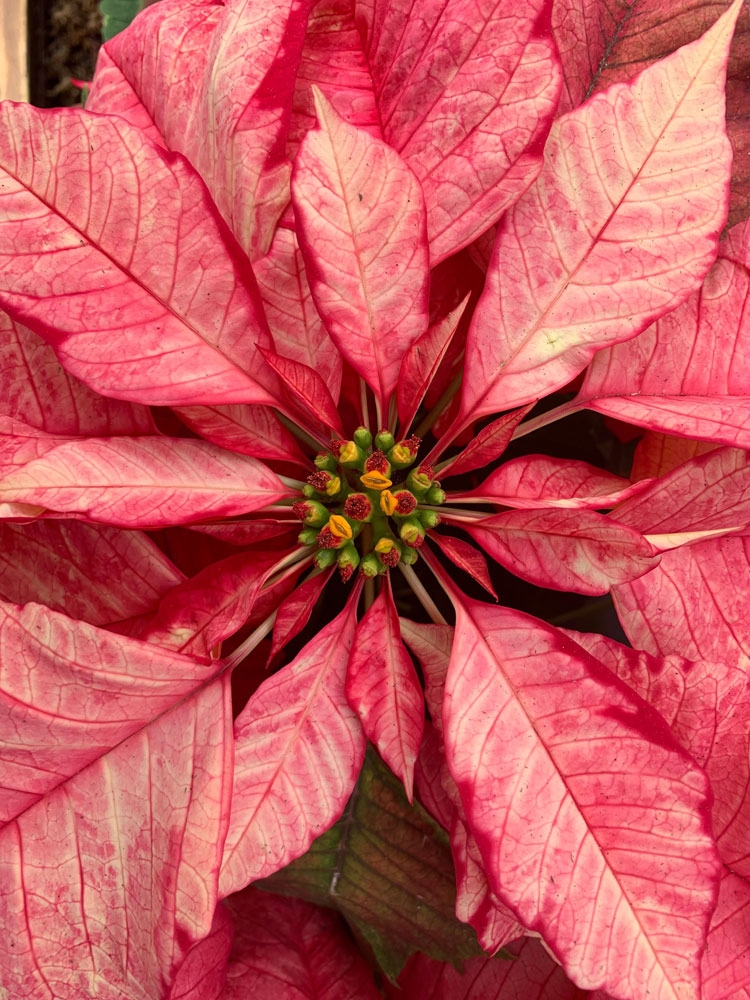
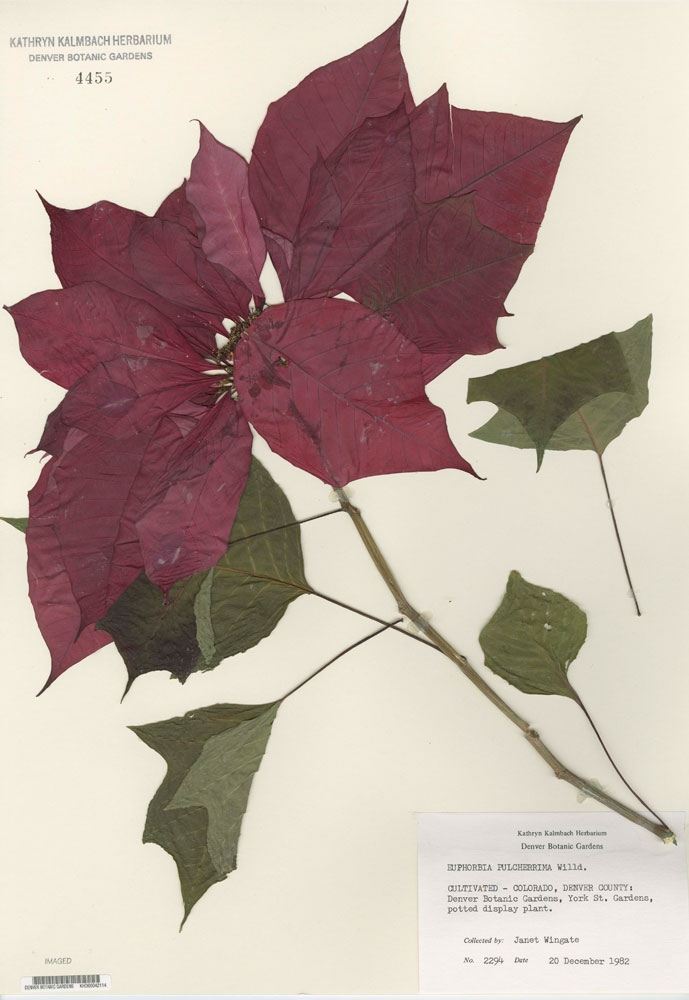
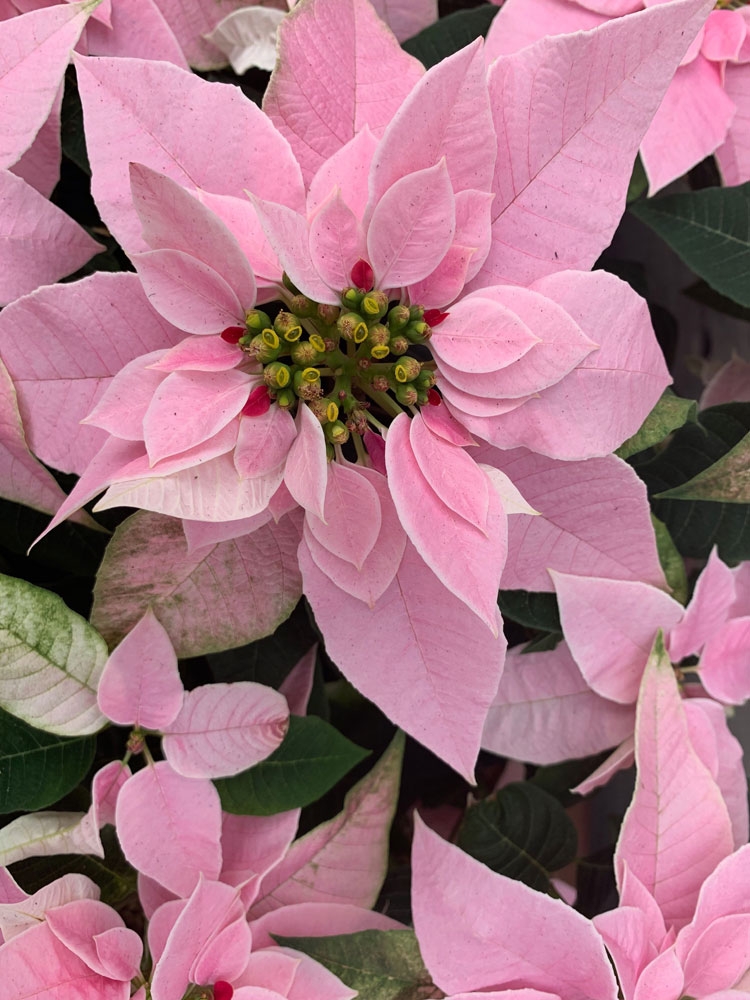
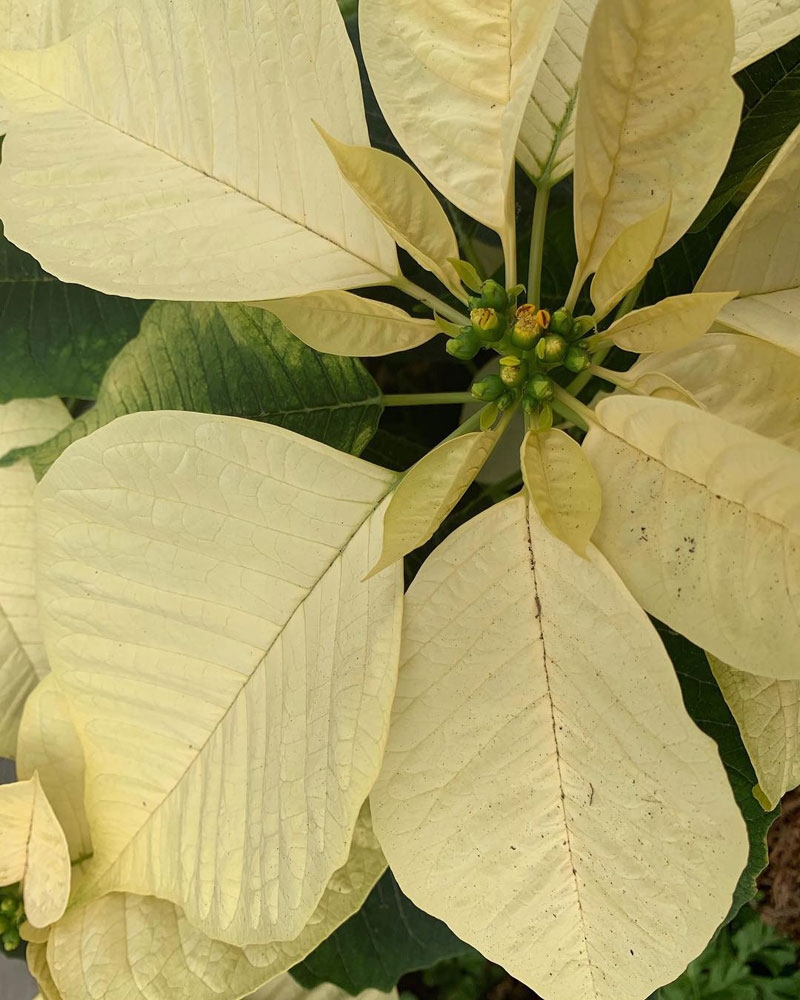
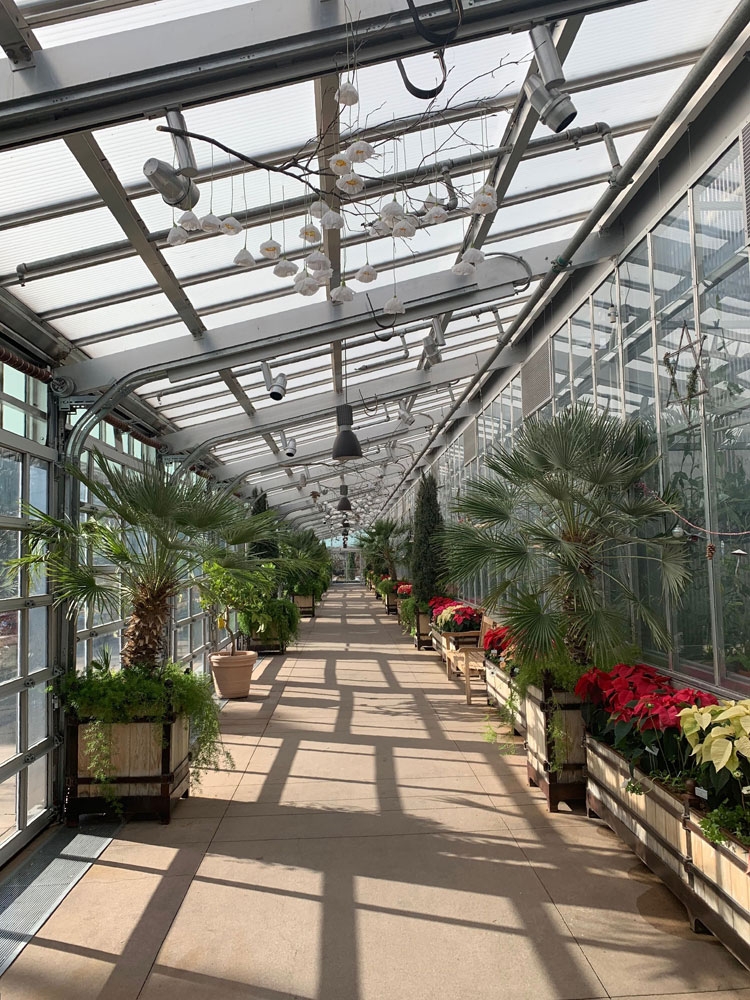
Add new comment